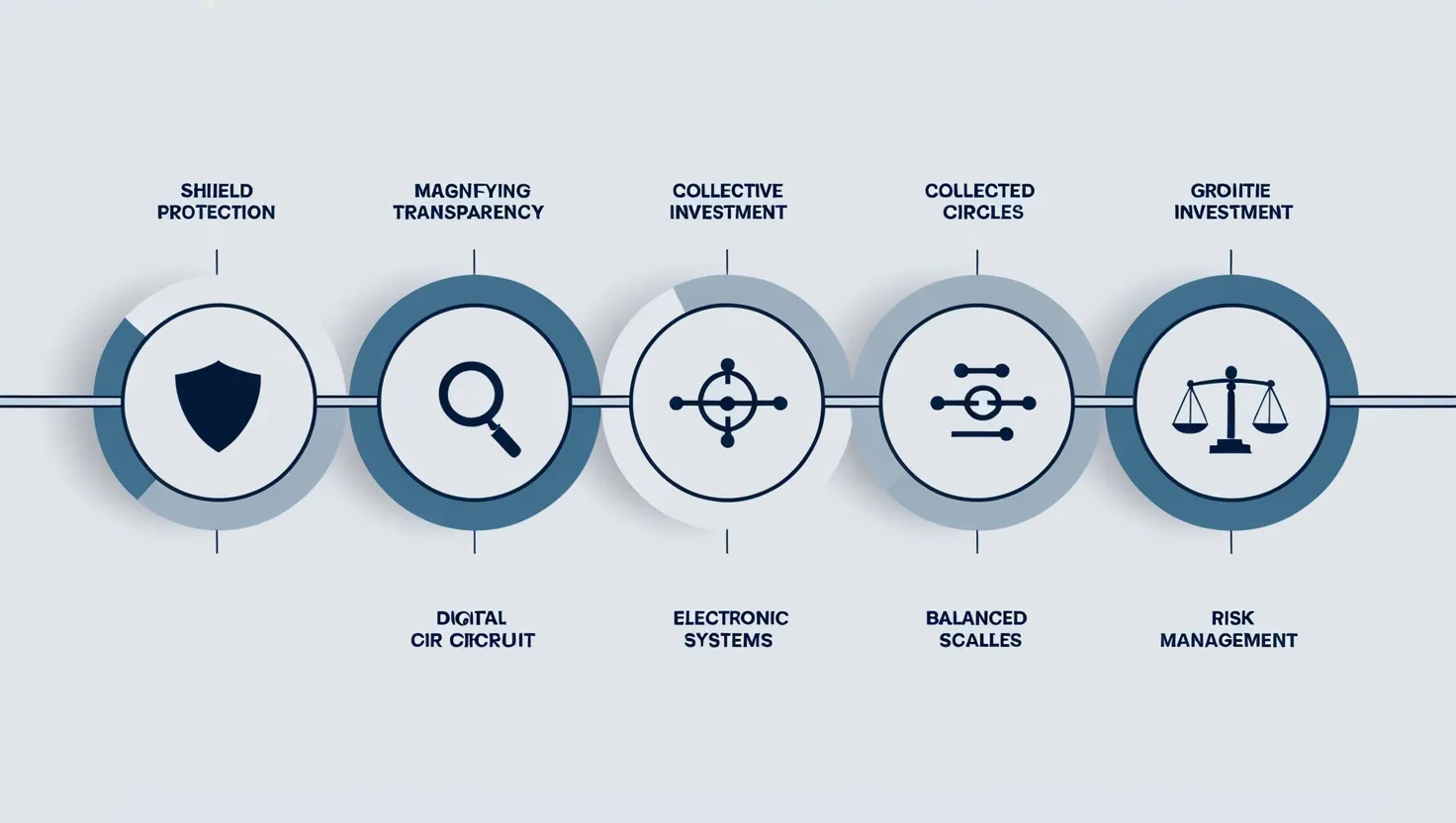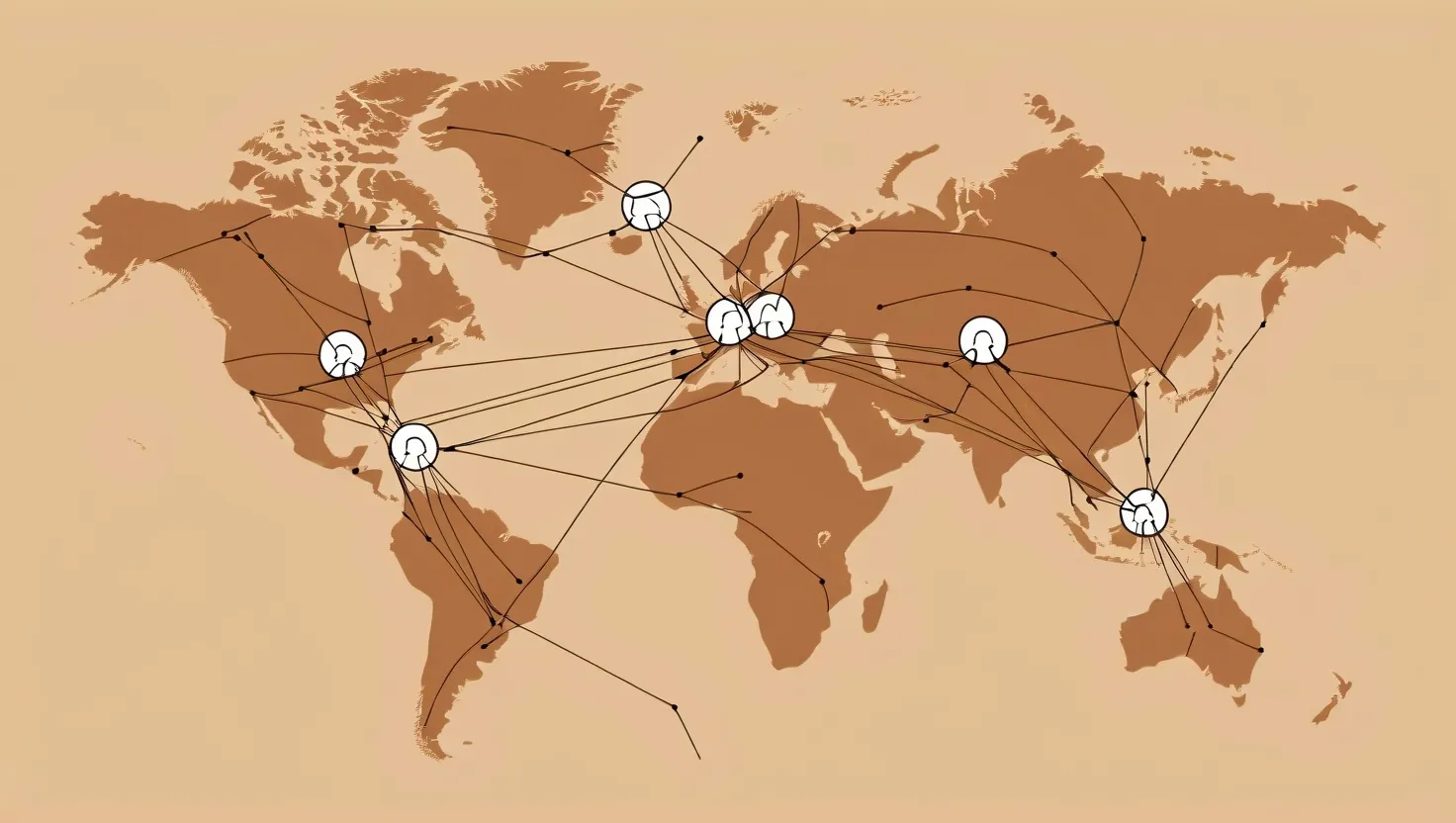If we trace the evolution of capitalism, it’s impossible to ignore the seismic impact of certain financial innovations. These weren’t just clever tweaks—they shifted the gears of entire societies, changing how we think about business, investment, and even personal aspiration. Let’s step through five key breakthroughs and look at how each one left a permanent mark on the economy, often in ways few anticipated.
Imagine standing at the cusp of the 19th century. Entrepreneurs watched fortunes rise and fall with a terrifying immediacy. Start a business, and your very home was at risk. One bad harvest, or a shipment lost at sea, and you could lose everything, not just your stake in the venture. It’s almost hard to picture today, because limited liability companies changed the game so completely. Suddenly, anyone from a shopkeeper to a burgeoning industrialist could take a shot at growth, knowing their losses were limited to what they actually put in. The British Joint Stock Companies Act didn’t just create a safety net—it seeded the modern wave of innovation. If you’ve ever diversified a portfolio or invested in a startup, you’re standing on that same foundation. Would Silicon Valley exist if every founder faced ruin on failure? It’s unlikely. What’s fascinating is how this principle allowed the pooling of talent and resources, accelerating everything from the steam engine age to the digital revolution.
“Risk comes from not knowing what you’re doing.”
— Warren Buffett
Now, if limited liability opened the gates, the next challenge was access. How do you know who deserves a loan? For centuries, it was all about reputation—personal connections, whispered recommendations from local merchants, and more than a little guesswork. But the creation of the first credit reporting agency in the 1840s did something radical: it moved us toward impersonal, standardized trust. Instead of relying on who you knew, you could prove creditworthiness with a track record. This is something we all live with now, often grumbling about our credit scores, but at its core, the credit reporting system transformed access to capital. It’s what let a young woman in Chicago open her first shop, or a recent immigrant buy a home in a city where nobody knew his name. Consider how much of the 20th-century consumer economy was built on the possibility of credit—cars, appliances, education—all accessible not by favor, but by systematized information.
“Neither a borrower nor a lender be;
For loan oft loses both itself and friend.”
— William Shakespeare
Let’s move to the world of investing. For most of financial history, investing in the markets was a privilege of the rich, who had enough money to hire expert managers or, more likely, had time to manage their fortunes themselves. The idea of mutual funds—pooled investments managed by professionals—was a quiet revolution. When the Massachusetts Investors Trust launched the first modern mutual fund in the 1920s, it effectively flung open the doors to the average worker. Thousands of people could now own a slice of hundreds of companies without needing insider knowledge—or a private banker’s Rolodex. The power of collective investing not only built the middle class but also changed the markets themselves, making them deeper, more resilient. If you’ve ever opened a retirement account, you’re participating in this experiment of democratized investment. What’s less obvious is how this innovation influenced corporate governance, bringing in new accountability as millions of small shareholders became silent, but powerful, voices in the boardroom.
“Do not save what is left after spending, but spend what is left after saving.”
— Warren Buffett
But even as investing opened up, the practicalities of buying and selling remained a barrier. Until late in the 20th century, stock trading was a noisy, physical affair—hands waving, tickets flying, buy and sell shouts echoing through marble halls. Then electronic stock trading changed everything. The launch of the first all-electronic exchange was a watershed moment. No more relying on the clubby world of floor traders; anyone with a computer and a modest sum could trade nearly instantaneously. The rise of electronic markets did more than just cut costs or speed up trades; it leveled the playing field. Suddenly, the market was a place for the many, not just the few. This shift dramatically increased liquidity, shrank commissions, and made price discovery far more transparent. Yet it also introduced new complications—flash crashes, algorithmic trading, an arms race for speed. If you ever wonder why financial news scrolls in real time across your phone, thank the pioneers of electronic trading.
“Price is what you pay. Value is what you get.”
— Warren Buffett
Finally, let’s consider an innovation with a more complicated legacy: credit default swaps. Bringing derivatives into the mainstream, these instruments let institutions and investors separate risk from actual ownership of debt. On the one hand, this made the financial system vastly more adaptable; banks could lend more, knowing they could distribute the risk. The result? Lower borrowing costs and more credit in the system—fuel for business, homeownership, and growth. Yet as we all witnessed during the 2008 crisis, such tools can morph into weapons when misused. Credit default swaps were conceived as a form of insurance but sometimes became speculative bets. The lesson is profound: not every financial innovation is an unalloyed good. Sometimes, what starts as a safeguard can turn into a vulnerability when incentives and oversight don’t keep pace.
“Beware of little expenses. A small leak will sink a great ship.”
— Benjamin Franklin
So what ties all these innovations together? In each case, a simple change in structure or process multiplied opportunities. Risk became something to manage, not just fear. Information—whether about a business’s debts or a person’s credit history—was standardized and shared, making trust possible at scale. Pools of capital, once concentrated in the hands of a few, were democratized, so that ordinary people could invest, build, and dream. Technology then swept away the final hurdles, connecting vast numbers of people to the world’s capital flows in real time.
But perhaps the less obvious thread is how each innovation changed our sense of agency. When risk is limited, trust is measurable, and opportunity is accessible, people begin to imagine new futures for themselves and their children. How many small businesses were launched because an entrepreneur no longer feared losing everything? How many families saw their first home or their child’s education within reach, thanks to easier credit? How many retirees have found security in pooled investments, rather than riding the fortunes of a single company or farm? And how has instant trading not only empowered individuals but, at times, made markets themselves more volatile and unpredictable?
Here’s a question: As technology keeps rewriting the rules of finance, are we prepared for the speed and complexity this brings? Will the next innovation widen access, or could it increase inequality if only a few understand the tools? History shows that every leap forward in finance brings unintended consequences. The challenge isn’t just to create new instruments, but to adapt our education, regulation, and culture so society moves forward together.
If you think back, these innovations didn’t just spring from nowhere. They were built by visionaries who saw problems with the old ways—not enough protection for entrepreneurs, too much reliance on personal reputation, inaccessible investment tools, slow and expensive trading, or unmanaged risks. They were shaped by crises, too: panics that exposed the hazards of unchecked growth, scandals that demanded new forms of oversight, and moments of extraordinary uncertainty that forced societies to rethink their priorities.
What about the future? With artificial intelligence reshaping markets, blockchain redefining trust, and new forms of crowdfunding empowering creators and inventors, we find ourselves at yet another turning point. If you’re watching the headlines, you know that each new tool comes with a learning curve—and with the potential for both progress and peril. What can we as individuals do? Stay curious. Question the costs and the promises. Learn not just how these instruments work, but why they matter—and for whom.
I find it inspiring to remember the human element at the heart of these breakthroughs. Behind each financial innovation are countless personal stories—farmers, teachers, scientists, factory workers—whose lives were changed by new access to capital, protection from risk, or the chance to build wealth where once there was only subsistence. Financial inventions are, at their best, levers that lift entire communities. But as history also teaches, the responsibility is ours to wield them wisely.
So, next time you check your credit score, invest in a mutual fund, or make a trade on your phone, remember: you’re part of a grand experiment, centuries in the making, that’s still unfolding. The tools may change, but the goal remains: to build a system where opportunity, trust, and progress are available to all.






